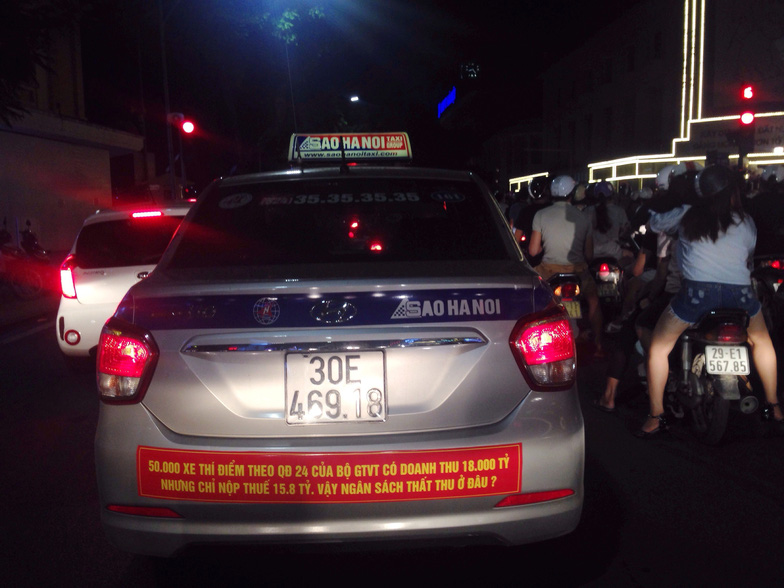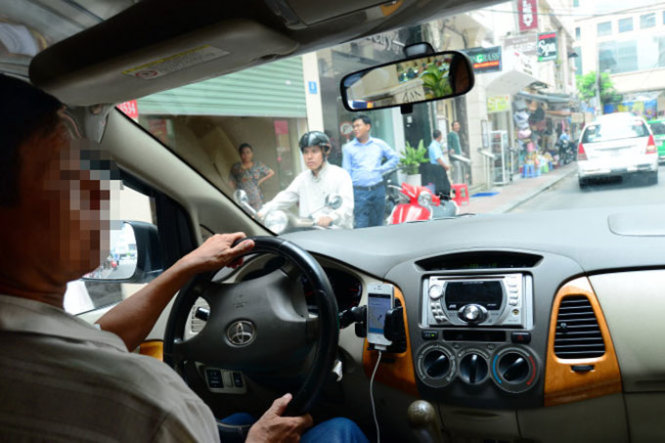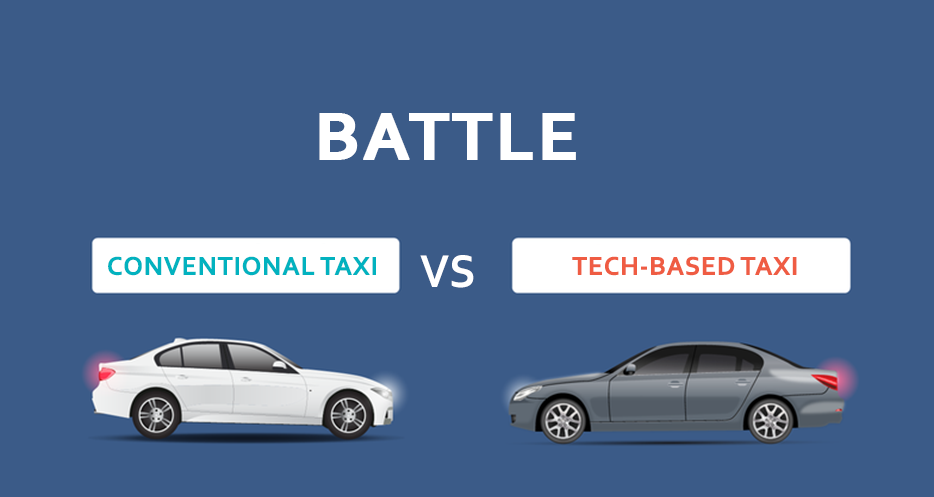The war between conventional taxicab firms and ride-hailing apps Uber and Grab shows no signs of abating. Below is an explanation of what is behind the battle between the traditional and tech-based service providers.
Uber and Grab both entered Vietnam in 2014 and have since won the trust of local passengers, sparking the beginning of a rivalry with conventional taxi firms like Vinasun and Mai Linh.
The ride-hailing apps enable passengers to ride without the fear of being overcharged or rejected for short journeys, something that has been reported as commonplace amongst conventional taxi companies.
Local taxicab companies believe the app-based services are benefiting from preferential treatment in terms of taxes and other business requirements.

The difference in taxation policies between conventional taxis and ride-hailing apps
In Ho Chi Minh City alone, the transport department had licensed 24,000 Uber and Grab cars as of September, compared to 11,000 conventional taxis.

A deeper look
While tax is arguably the biggest cause of the frustration traditional taxi operators feel, experts say there are insufficient grounds to claim that Uber and Grab are enjoying any tax incentives.
The 20 percent tax on profit and 2 percent tax on revenue do not produce as large a disparity as it may seem on paper, according to analysts.
If a taxi firm has a revenue of VND100 billion (US$4.41 million) and a profit of VND10 billion ($440,529), it has to pay VND2 billion ($88,106) in taxes, based on the current 20 percent profit tax.
If Uber or Grab posts the same revenue, it also has to pay VND2 billion in taxes, based on a 2 percent revenue tax.
The result is no disparity in what each company must pay.
 |
| A taxi with an 'anti-Uber, Grab' message is seen in Hanoi. Photo: Tuoi Tre |
Earlier this month, several taxi companies in Hanoi placed bumper stickers on their cars carrying a message that claimed “50,000 Uber/Grab cars make VND18 trillion [$792.95 million] in revenue but only pay taxes of VND14.5 billion [$616,740]" and questioned “why should there be this loss to state revenue?”
The question may be justified, but only if the two figures above are confirmed as true. However, it remains unclear how much tax Uber and Grab have paid, as well as their real revenues.
In a recent meeting, one official from the General Department of Taxation was asked to comment on the tax payments of both ride-hailing apps, but said that he had “left the statistics at home.”
The Ministry of Finance has urged the General Department of Taxation to publicize the correct statistics, but said that no comment would be made on the so-called ‘unequal tax policies’ before then.
 |
| An Uber driver is seen in Ho Chi Minh City. Photo: Tuoi Tre |
Like us on Facebook or follow us on Twitter to get the latest news about Vietnam!


















































